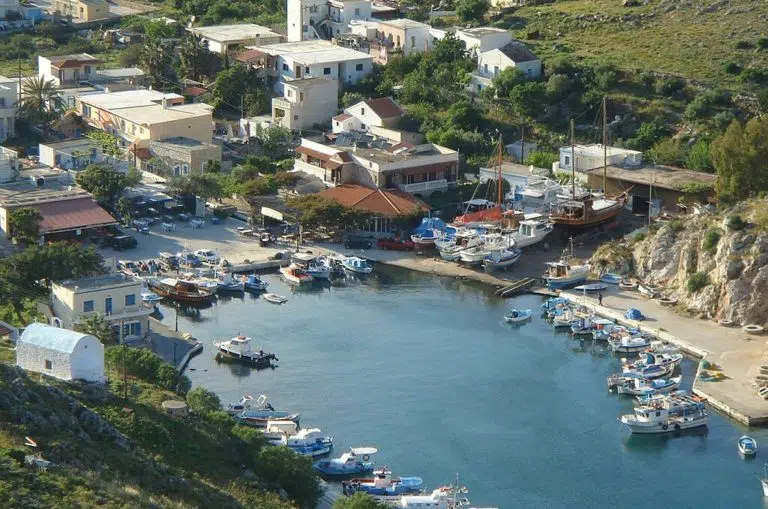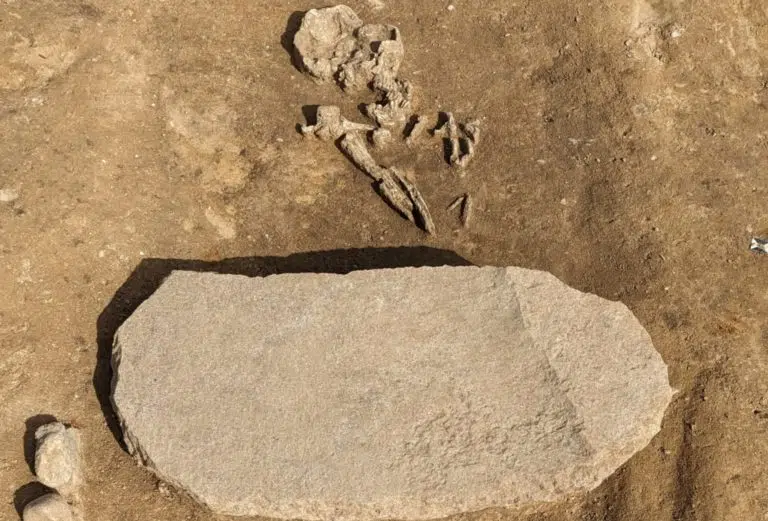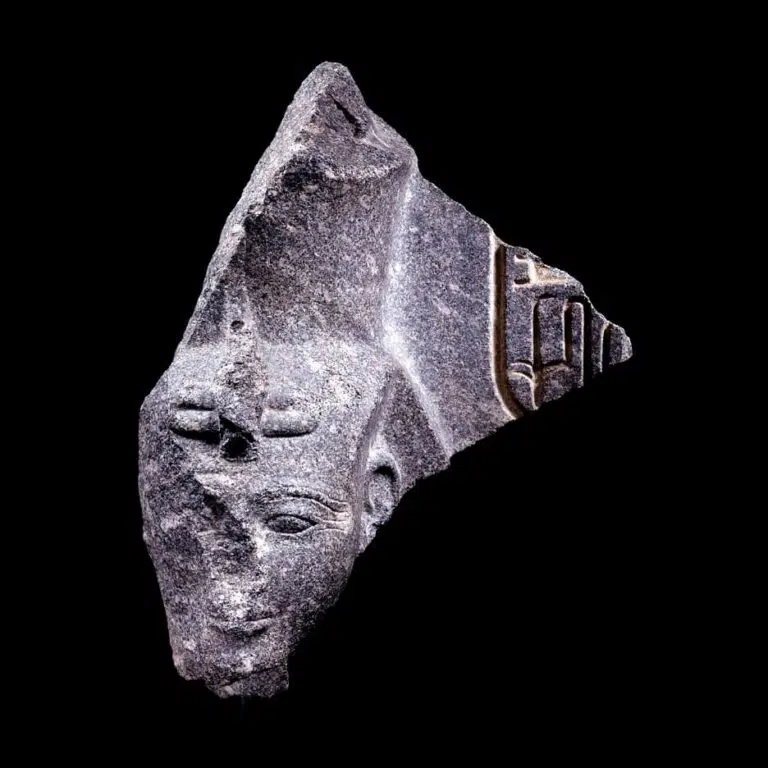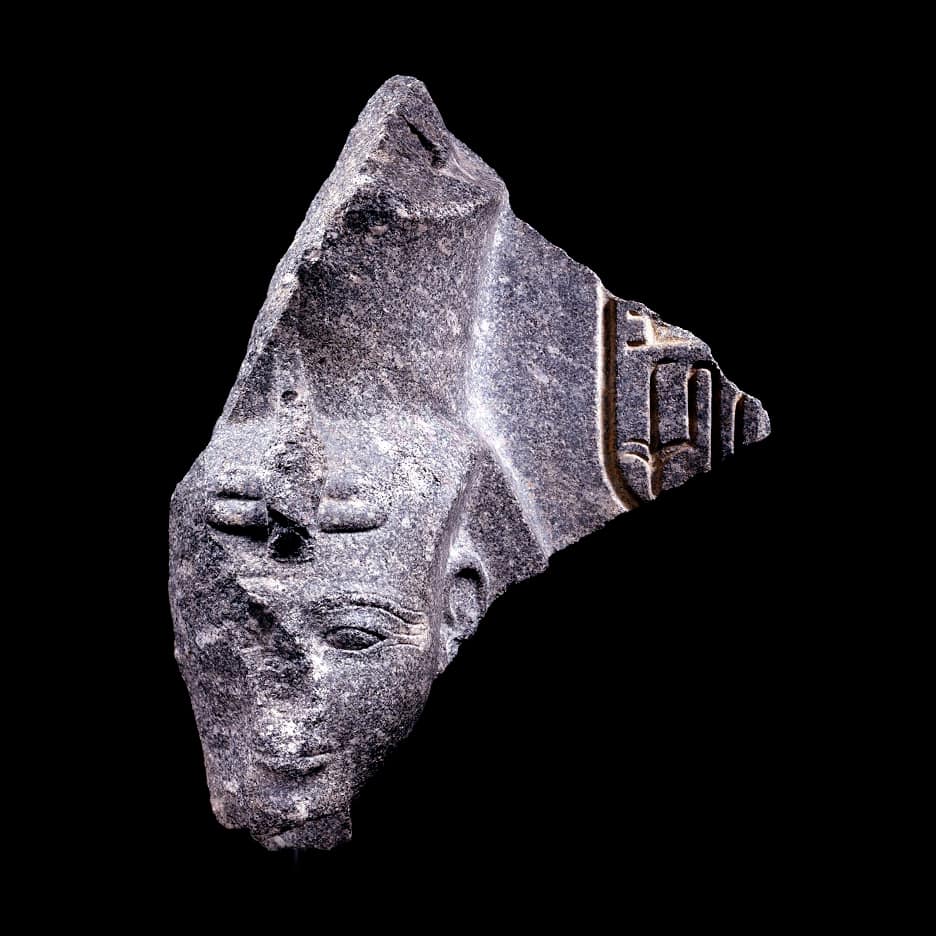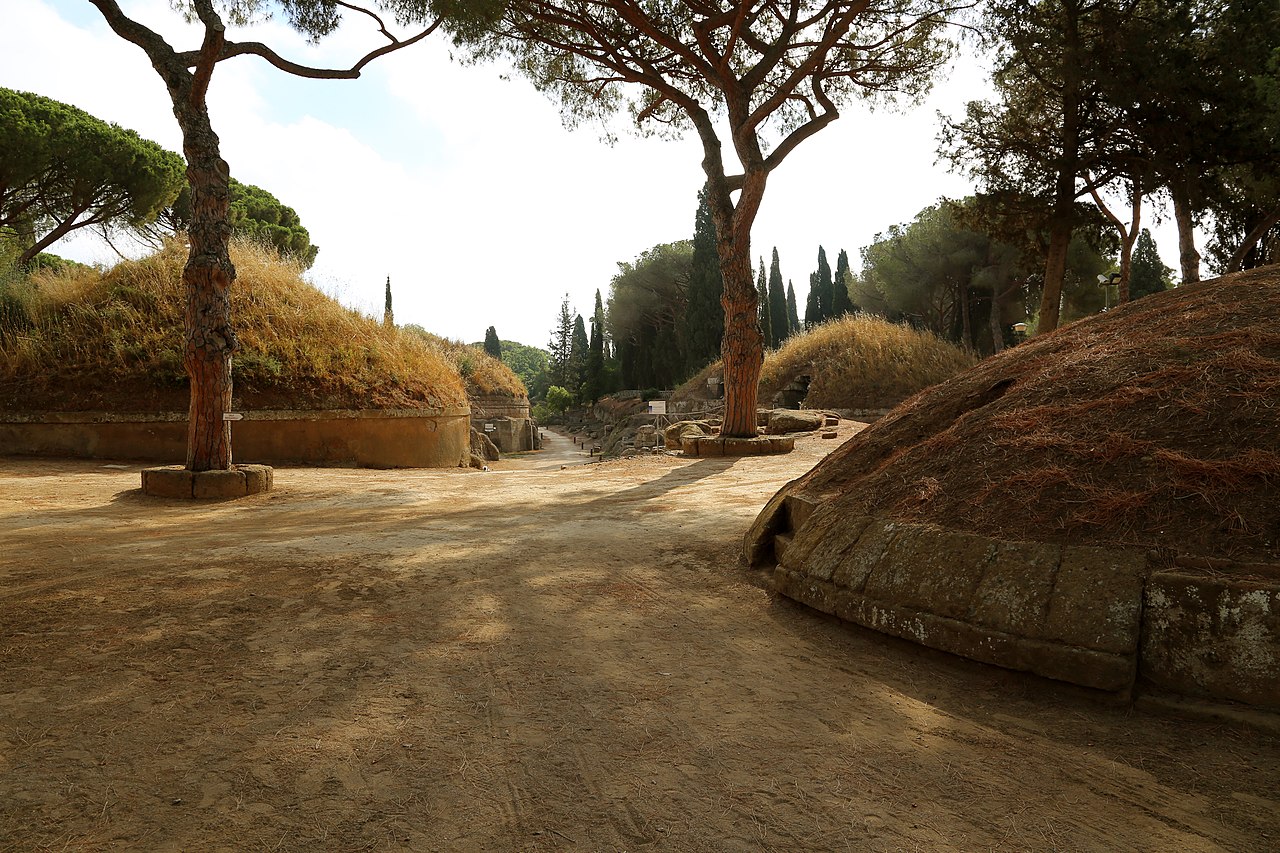
Olympiacos have bested Milan 3-0 in the Youth League final with the “red and white” U19s winning the first European title in its history.
The Greek team stormed to victory in the Youth League final, with Sotiris Sylaidopoulos’s team putting away three goals to beat the Rossoneri and win the trophy.
In an action-packed final, Olympiacos U19s appeared determined to win right from the outset, and although there were no goals in the first half, things changed quickly in the second.
In the 60th minute, Christos Mouzakitis put the “red and whites” in front with a well-taken penalty kick, with Antonis Papakenallos scoring in the next phase of play to double his team’s lead, after an impressive personal effort.
With a comfortable two-goal lead, Olympiacos was controlling play on the pitch and even managed to bag a third goal, this time coming from Fanis Bakula.
In the 66th minute, after a well-placed cross from Koutsogoulas, Bakulas – with an unlikely reverse scissor kick – increased the score margin to 3-0, and gave a clear victory to his team.
After their third goal, Olympiacos managed to maintain their lead with grace and style, holding on to the 3-0 score until the end of the game, when the talented youth of Sotiris Sylaidopoulos officially won the Youth League.
Once the final whistle had been blown, the Olympiacos U19 players were absolutely elated, reveling in the joy of winning this great title. This was a historic victory for Olympiacos, who managed to win a trophy that leaves a legacy for the future.
What a performance by Olympiacos 🙌
Your 2024 #UYL champions 🥇 pic.twitter.com/unrfMCPXCI
— UEFA Youth League (@UEFAYouthLeague) April 22, 2024
The UEFA Youth League X account posted “What a performance by Olympiacos. Your 2024 UYL champions.”
What is the UEFA Youth League, Which Olympiacos Triumphed in?
The UEFA Youth League was introduced to the European scene in 2013/14, the first season of a two-year trial.
The Under-19 competition is UEFA’s first youth tournament at club level. Borne of a request from the European Club Association, the venture aims to further develop youth football at the professional club level, reduce the gap between sides’ youth and first teams, and offer unique international experience and competition matches for youngsters. The victors lift the Lennart Johansson trophy.
The UEFA Youth League website states “From the opening season each UEFA Champions League group stage club entered their U19 side and the autumn schedule is replicated in the UEFA Youth League: the same group stage draw and fixtures, with players having the chance to travel with their senior colleagues to away games.”
“In 2015/16 a second path was created with 32 national youth champions competing in a knockout competition for a chance to play-off with the group runners-up to join the group winners in the knockout phase.
“The four-team finals are usually played at Colovray Stadium opposite UEFA headquarters in Nyon, Switzerland. In 2019/20, due to the COVID-19 pandemic, the quarter-finals were also played there along with two outstanding round of 16 ties. In 2022/23, due to exceptional demand for tickets, the final four was moved to Stade de Genève but the next season returned to Nyon for the tenth decider, the last before an expansion in 2024/25 to mirror the new 36-team Champions League in the league phase, with the domestic champions path expanding to three rounds.”




